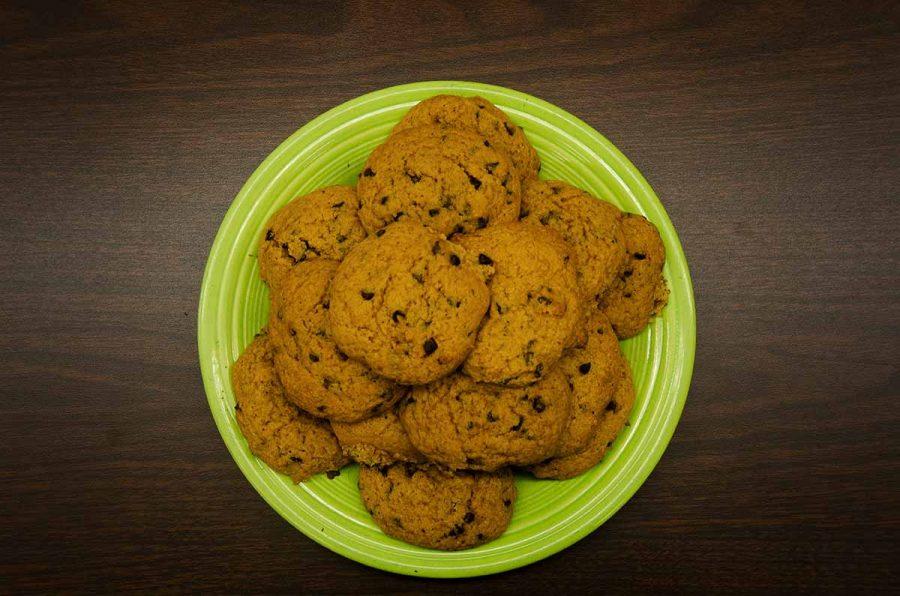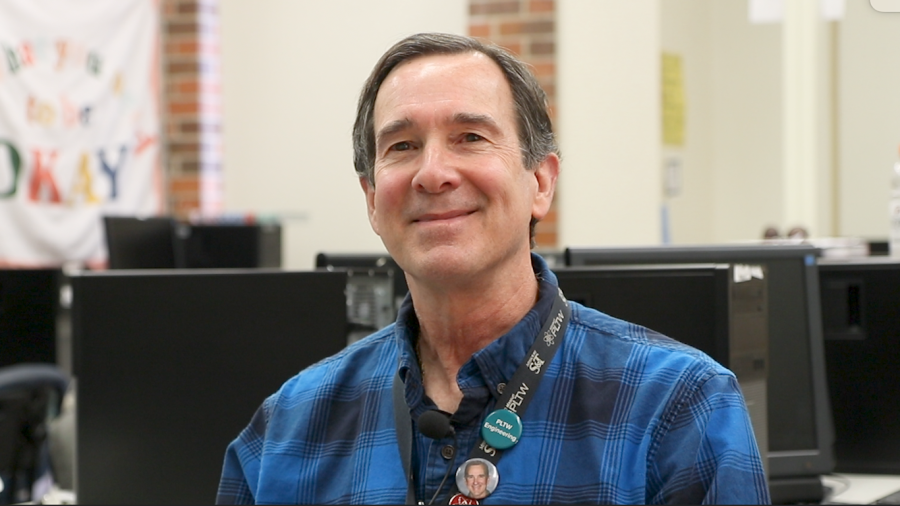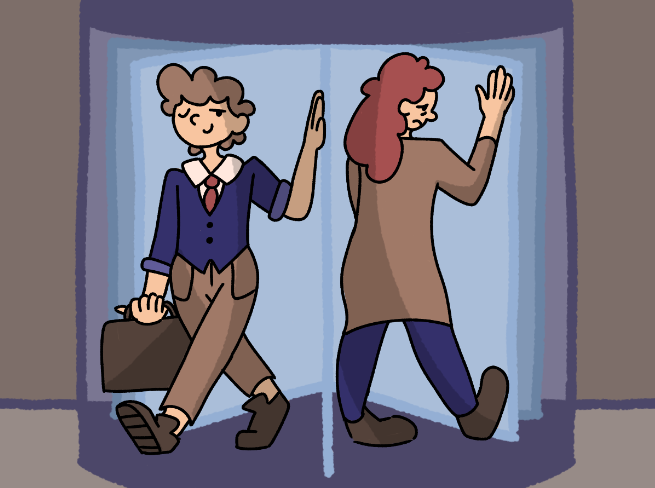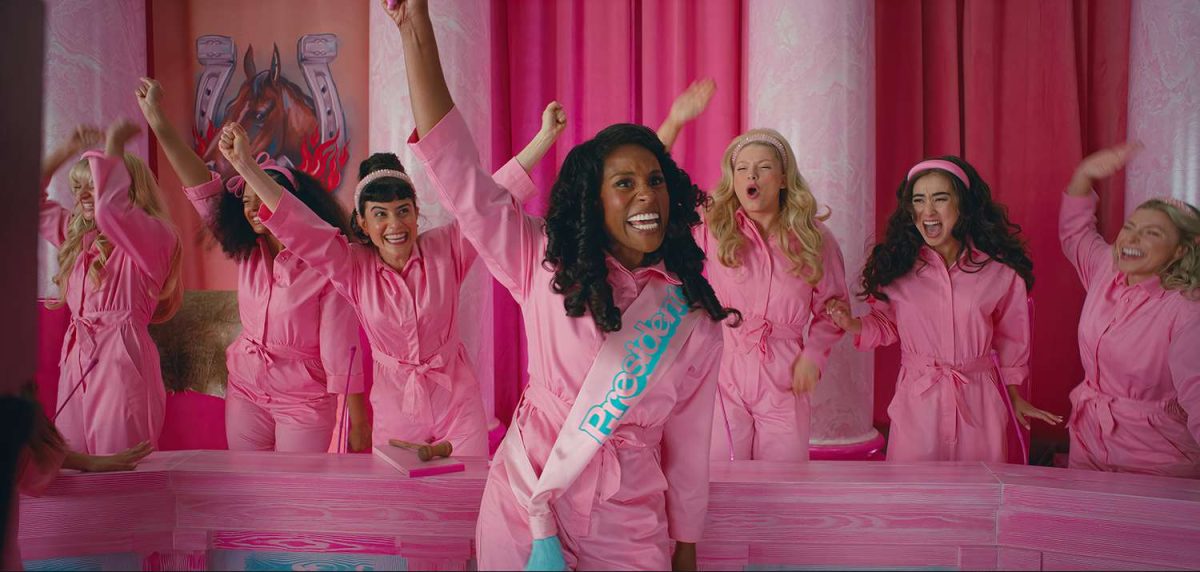 Listen as the author weaves the tale of food and why the guts are as good as it gets:
Listen as the author weaves the tale of food and why the guts are as good as it gets:
Audio: Eat It, Narrated By Maria Kalaitzandonakes
Some sort of guttural gagging noise is the usual reaction to Jamie Oliver’s videos, “Food Revolution.” In one particularly “horrifying” clip, Oliver shows American children how their favorite fast food restaurants make chicken nuggets.
The British man wanted to show what’s in our food, hoping to encourage people to question the food they eat. He slapped a raw chicken down on the cutting board and took away the “good” pieces: breast, legs, wings and thighs. After the separation, he told them what remained, “bone, all the connective tissues, little bits of bone marrow, and stuff like that.”
He hammered a cleaver into the carcass, cutting it into large chunks and put it in a blender. All of the children watched in amazement as the bones and meat mixed noisily into a pink paste. Oliver then strained it, covered the soft meat in bread crumbs, shaped it into round globs of meat and fried up the patties.
The high school students with whom I watched this video vowed never to eat chicken nuggets again, yelling that the disgusting companies should throw out those bits and only give them the good stuff, the edible stuff.
I sighed, my frugal Greek grandmother, or yiayia, was rolling in her grave. She would classify casually tossing food away as criminal. She lived in poverty for most of her life. My yiayia learned to survive on almost nothing. So when she bought food, whether it be a chicken or a vegetable, she used all of it. Her recipes, now yellowed at the edges and worn with time, include strange ingredients most Americans would trash: orange skins, feet of chicken and various animal organs.
She spent almost all of her monthly budget on food. Throwing any of it out hit my yiayia hard, both in wallet and in conscience. According to the USDA, the average American family spends less than 10 percent of their budget on food.
As people everywhere spend a smaller percentage of money on things to eat, throwing out the leftovers appears not to be such an offense. And as modern society travels from the farm, it establishes an inherent nastiness in eating the skin or the bone of an animal, unfit for human consumption. But with the right preparation and old-country know-how, every morsel becomes usable. In fact, this “trash” is often what becomes the most delicious.
Kokoretsi, a favorite dish in Greece, contains bits of the lamb’s liver, spleen, kidney and lungs, all marinated and skewered. The cook wraps all the meat in the cleaned lamb intestines, covered in oregano and other spices and roasted over the fire until crispy.
Lamb organs are quite popular for the Greeks. They make Easter, Greek’s biggest holiday, has the classic organ soup — magiritsa. It’s made of mostly liver and intestines. The aroma of the soup fills my house each year, bringing reminders of spring.
Using spices and flavors, Greeks even eat horta, my mother’s favorite summer time food, which technically means weeds. It grows in various kinds, and everyone has a preference. My mother’s is vleeta, which Greeks boil until it softens, then squeeze fresh lemon over top. It grows in almost everyone’s yard.
Oliver is right. We consumers should know what makes up our food. But we should question Oliver’s requests of families and restaurants alike to waste parts of countless animals that were killed solely to feed us.
An animal is not made of 10 legs and 17 wings. An animal has organs. It has bone marrow, and these parts should not be condemned to rotting away when they could so easily be consumed.
My grandmother would have given these food wimps a hearty whack on the bottom with her wooden spoon and gone back to her closet sized kitchen where she fed many and wasted none.
[nggallery id=46]
By Maria Kalaitzandonakes
Categories:
Eat It
January 30, 2012
3
0
More to Discover

















































































Ann • Feb 4, 2012 at 7:36 pm
Amazing article! And great bio! Very funny. 🙂
Afsah • Feb 1, 2012 at 4:21 pm
This is an amazing story…I agree that we waste too much food! I love how you showed family pictures with the story; it creates a more personal and cultural background for the story. GREAT JOB!!!!!:)
Asa • Jan 30, 2012 at 7:06 pm
Your article’s great, but I’m a major fan of these photos =)